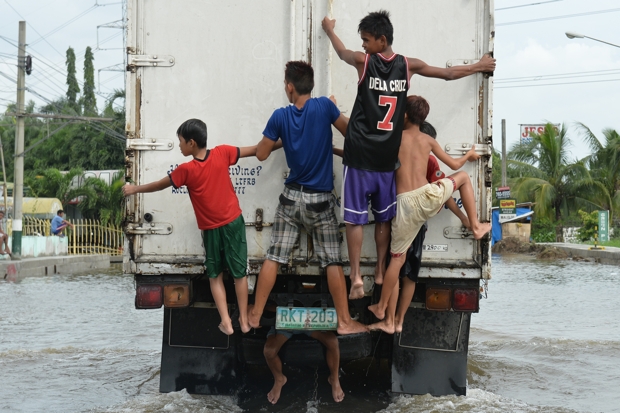According to news reports, Typhoon Haiyan, which struck the Philippines a few days ago, is now overshadowing the UN climate summit in Warsaw. Some delegates and climate campaigners have been quick to suggest that global warming was to blame for this disaster.
Nothing could be further from the truth.
When it comes to cyclones and tropical storms, something quite remarkable has happened this year. The 2013 Atlantic hurricane season, which forecasters had predicted would be more active than normal, turned out to be a complete washout. For the first time in 45 years, no major hurricane made landfall. This year has also been marked by the fewest number of hurricanes since 1982, and the first since 1994 when no major hurricane formed. In fact, it has been one of the weakest hurricane seasons since modern record-keeping began about half a century ago, U.S. weather experts explained.
So, how can the same alleged cause, global warming, inhibit hurricanes on one side of the world while triggering typhoons on the other side?
Climate activists claim that tropical cyclone activity, including the frequency and intensity of typhoons, has increased as the global temperature has gone up.

Get Britain's best politics newsletters
Register to get The Spectator's insight and opinion straight to your inbox. You can then read two free articles each week.
Already a subscriber? Log in







Comments
Join the debate for just £1 a month
Be part of the conversation with other Spectator readers by getting your first three months for £3.
UNLOCK ACCESS Just £1 a monthAlready a subscriber? Log in